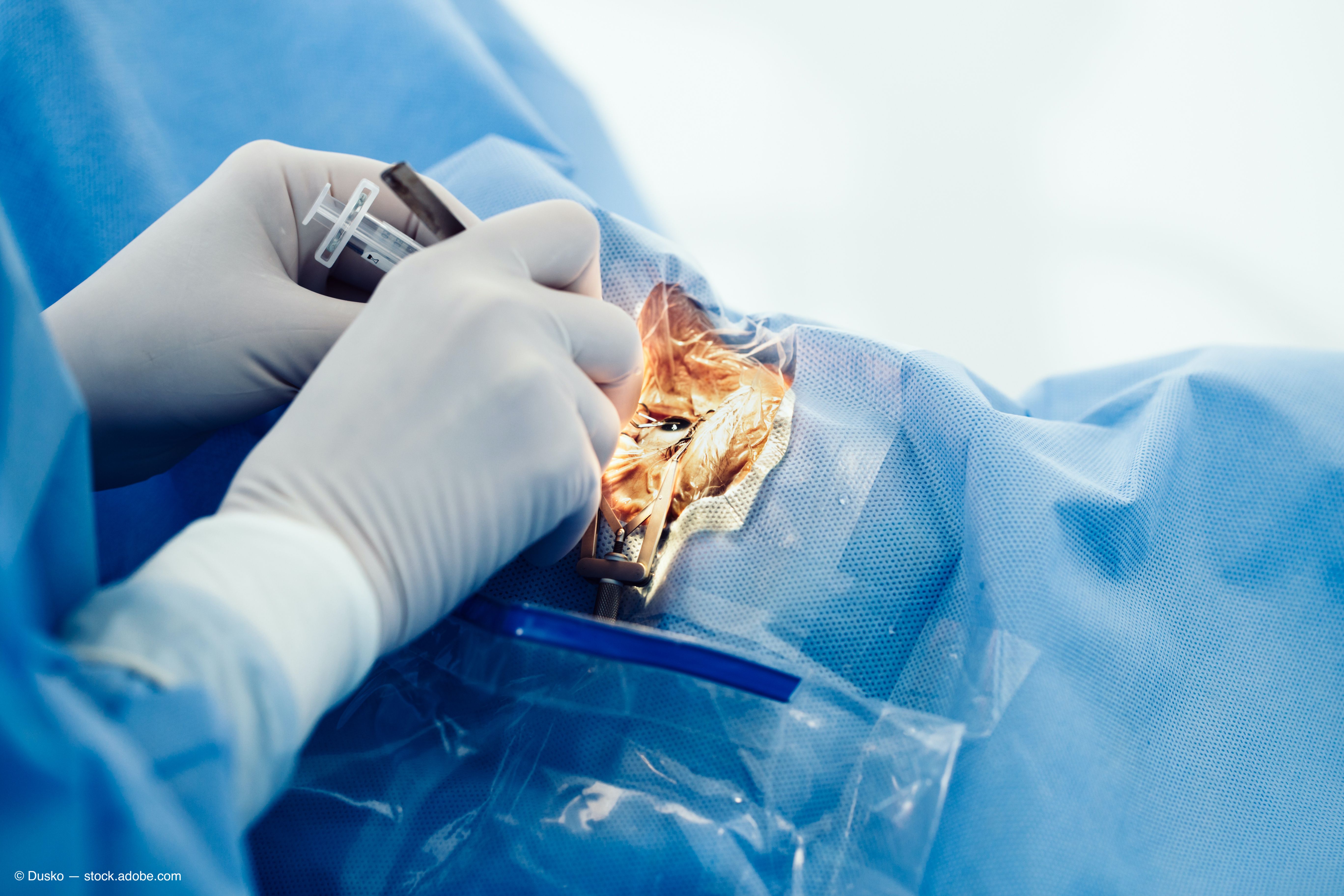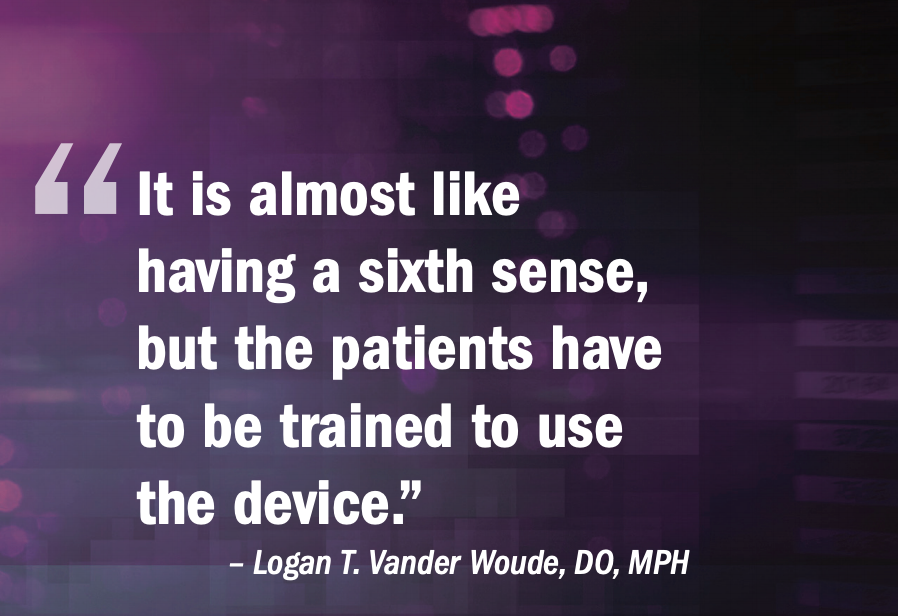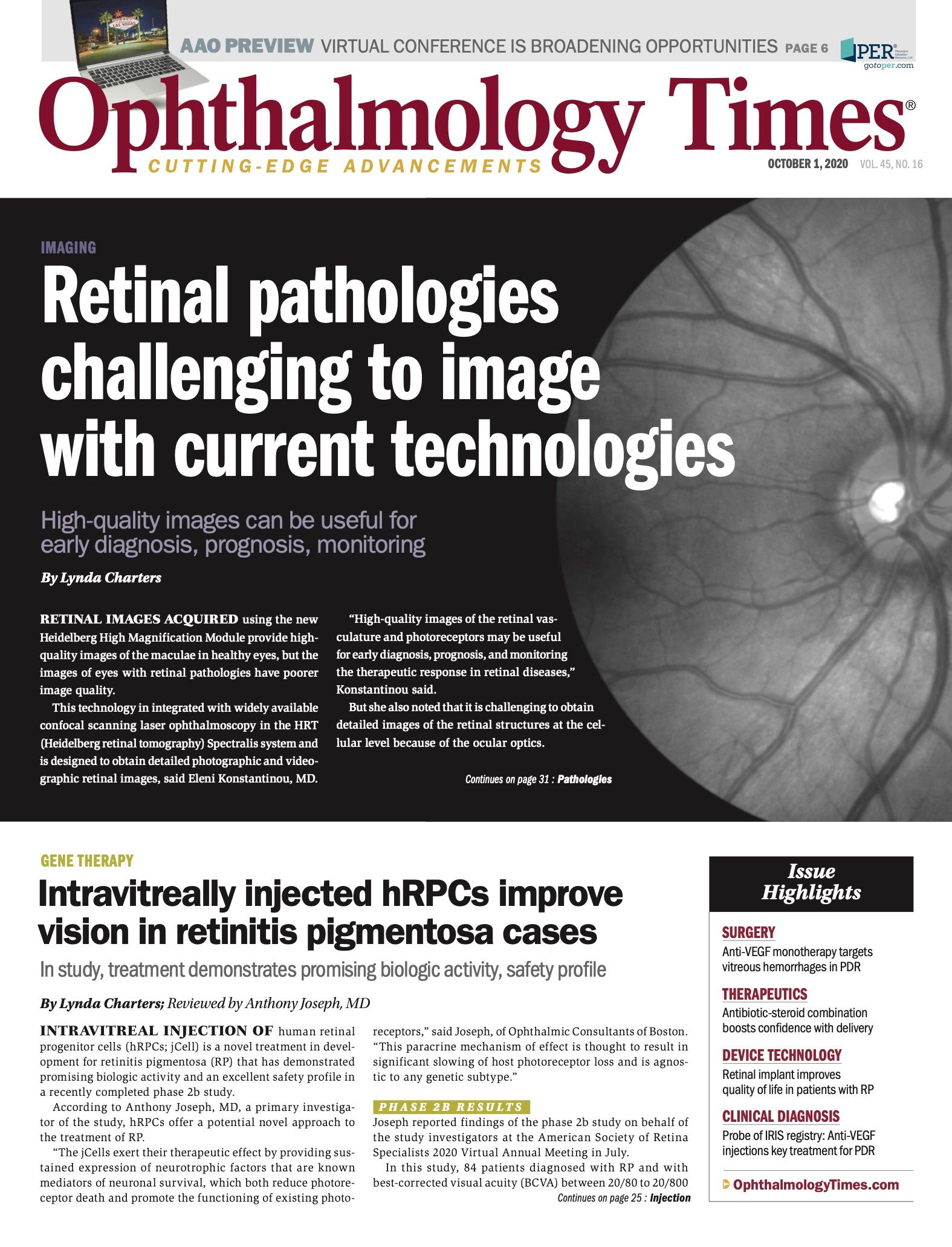- COVID-19
- Biosimilars
- Cataract Therapeutics
- DME
- Gene Therapy
- Workplace
- Ptosis
- Optic Relief
- Imaging
- Geographic Atrophy
- AMD
- Presbyopia
- Ocular Surface Disease
- Practice Management
- Pediatrics
- Surgery
- Therapeutics
- Optometry
- Retina
- Cataract
- Pharmacy
- IOL
- Dry Eye
- Understanding Antibiotic Resistance
- Refractive
- Cornea
- Glaucoma
- OCT
- Ocular Allergy
- Clinical Diagnosis
- Technology
Retinal implant improves quality of life in patients with RP
Device allows visually impaired to recognize shapes, distinguish between light and dark.


Reviewed by Logan T. Vander Woude, DO, MPH
Aretinal implant (Argus II Retinal Prosthesis System, Second Sight) designed to provide prosthetic vision to patients blinded by retinitis pigmentosa significantly improves quality of life.
Although the implant is not a replacement for normal vision, it allows patients to recognize shapes and better distinguish between light and dark.
Related: Retinal pathologies challenging to image with current technologies
“It is almost like having a sixth sense, but the patients have to be trained in the use of the device,” according to Logan T. Vander Woude, DO, MPH, of the University of Florida (UF) College of Medicine in Gainesville.
The device works by using an external camera that relays visual input signals to a surgically implanted microarray on the macula, which stimulates the inner retinal layers that send these signals to the optic nerve.
An issue with evaluating vision after the implantation of a retinal implant is that it is challenging to assess the vision the device provides using standard measurements.
This led Vander Woude, together with Ramak Roohipourmoallai, MD, and Gibran S. Khurshid, MD, FRCS, FRANZCO, FACS, both vitreoretinal surgeons at UF College of Medicine, to conduct a study using the Visual Function Questionnaire (VFQ-25) to assess the impact the machine-generated vision has on patients’ quality of life before and after implantation of the device.
Related: Intravitreally injected hRPCs improve vision in retinitis pigmentosa cases

Visual assessment
Seventeen patients (mean age, 57 years) completed the VFQ-25 before the device was implanted and again after implantation and completion of training. All patients qualified for retinal implantation with light perception or no light perception vision in both eyes.
The questions measured the effect of having prosthetic vision on the patients’ lives, including their social well-being and dependence on activities of daily living.
In addition, another 13 questions were included to assess the quality of life to a greater degree than the questionnaire could shed light on, Vander Woude explained.
The analysis indicated that each overall category improved significantly after implantation of the Argus II, including overall health and vision (P < .0001), difficulties with activities (P < .0002), and response to vision problems (P < .0001).
“This included improved perception of vision (P = .0005), ability to find objects (P = .002), function around stairs/curbs (P = .002), and ability to match clothes (P < .001).
Patients also stated they could accomplish more tasks during the day (P < .001) and were less dependent on others (P < .001),” Vander Woude said.
In addition, the 13 supplemental questions addressed the daily living activities that were not well addressed by the VFQ-25, which included writing checks, reading small print, recognizing friends and family, and engaging in outside activities alone.
Those results reflected the patients’ subjective improvement in general vision (P = .01), outdoor activities (P = .03), and limitation in their daily activities (P = .01).
It is important to note that eye pain, discomfort, worry about eyesight, frustration, and embarrassment about questions were not significantly different before or after the implantation of the retinal device, meaning there were no negative impacts on the patients’ lives.
Vander Woude concluded that although retinal implant is not an exact replacement for natural sight, it allows patients to recognize shapes and perceive the contrast between light and dark objects.
“Based on the survey results, the patients’ overall quality of blind life significantly improved after Argus II implantation, including the activities of daily living and social well-being, such as the ability to match clothes,” he said. “The scores in all 3 broad categories of the VFQ-25 improved, as well as several individual factors. Importantly, there were also no negative impacts on the patients’ quality of life.”
Read more by Lynda Charters
--
Logan Vander Woude, DO, MPH
e:loganwoude@ufl.edu
Logan Vander Woude, DO, MPH, is a fourth-year resident in the Department of Ophthalmology at the University of Florida College of Medicine in Gainesville. He has no financial interest in this subject matter.

